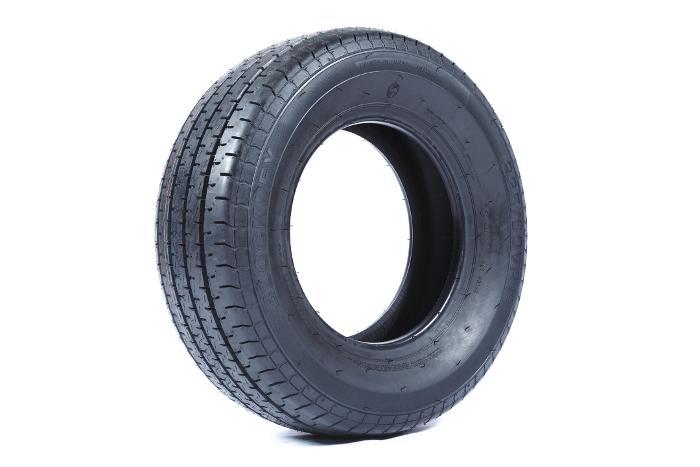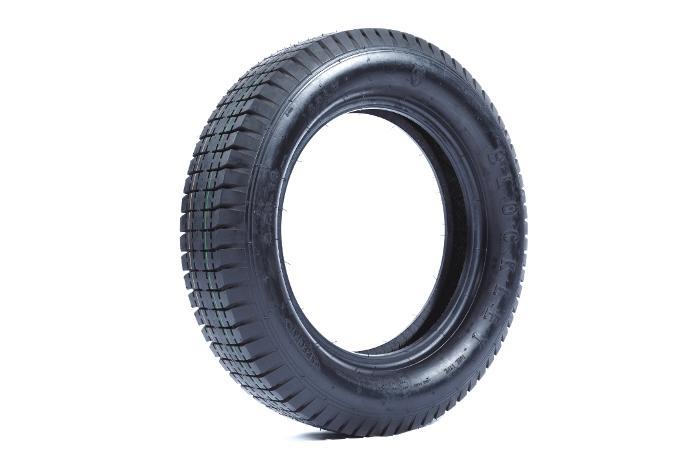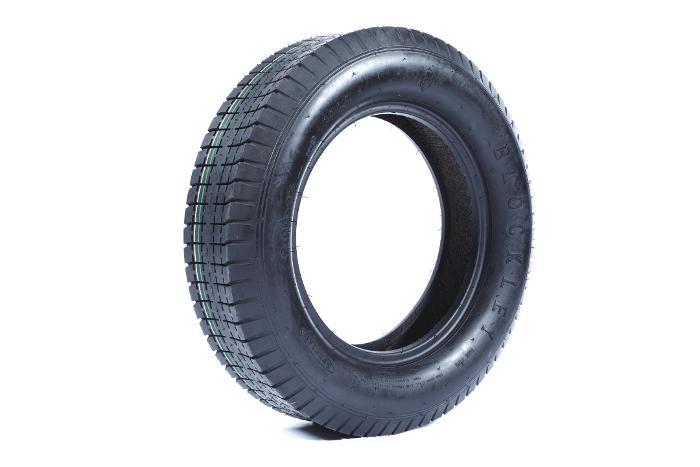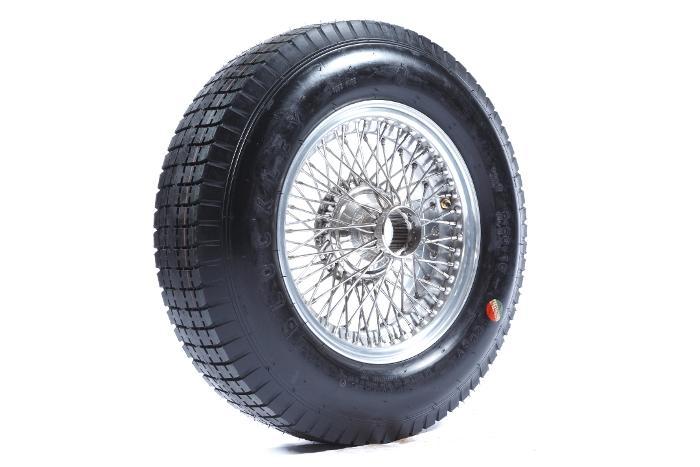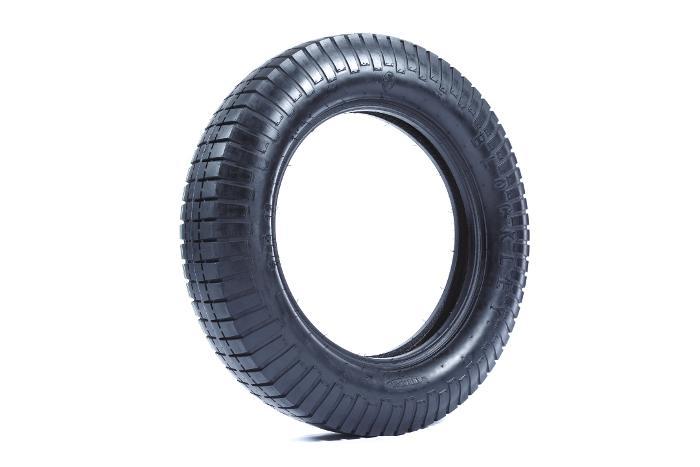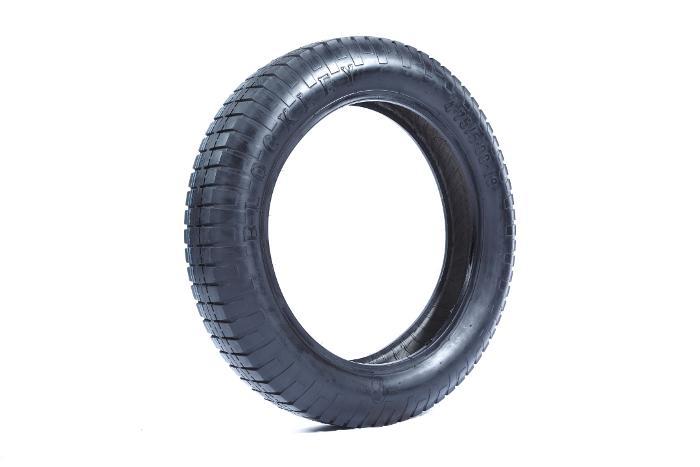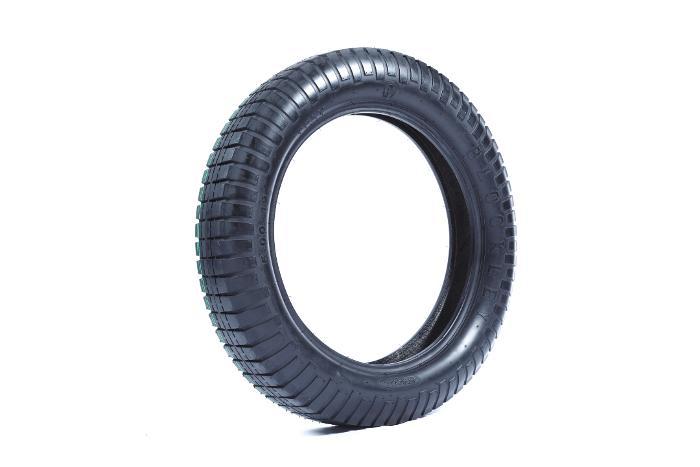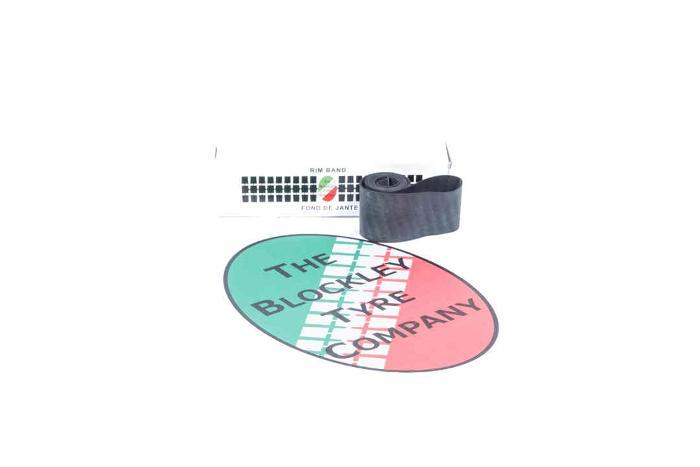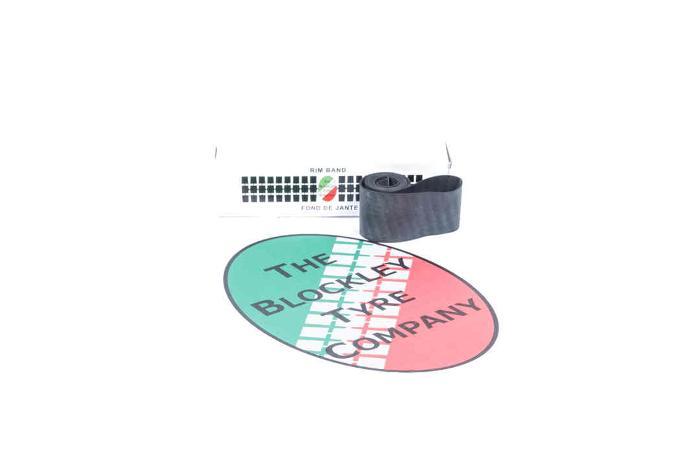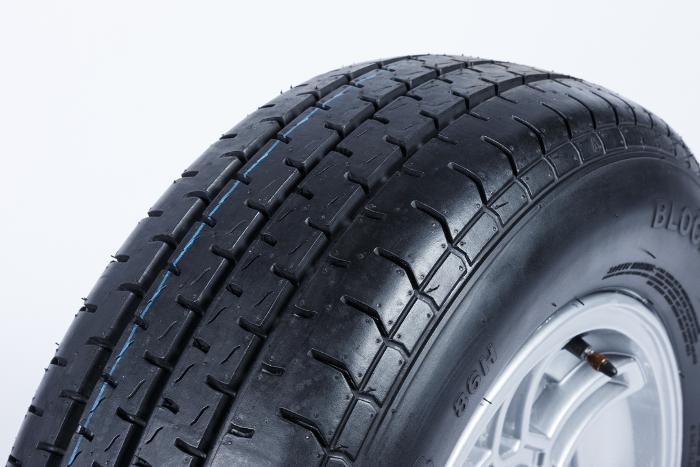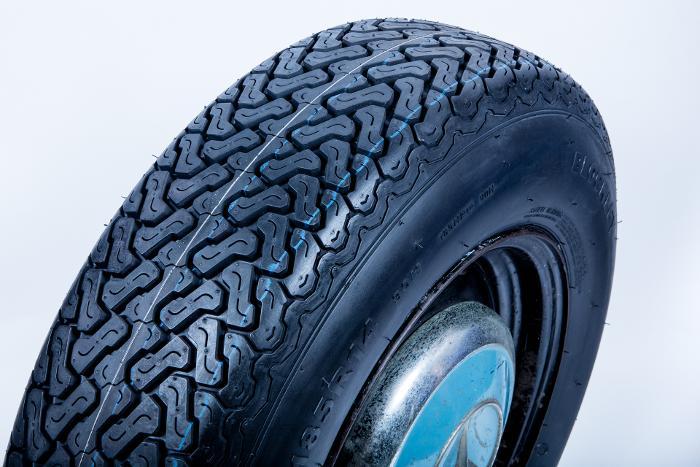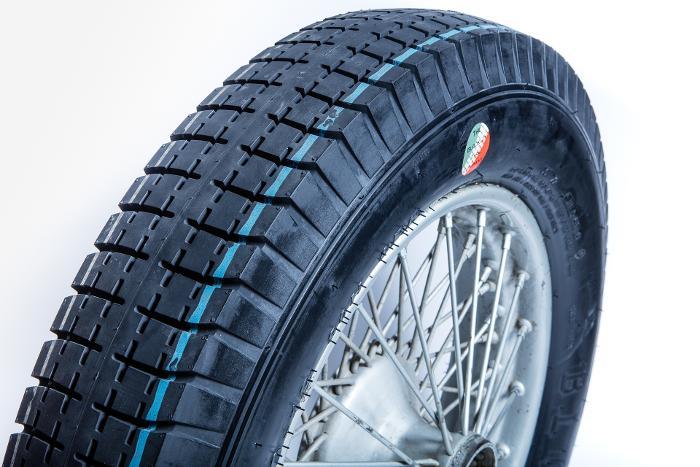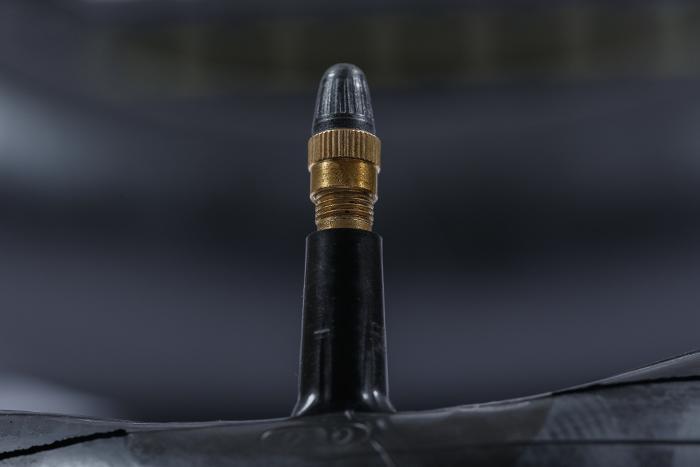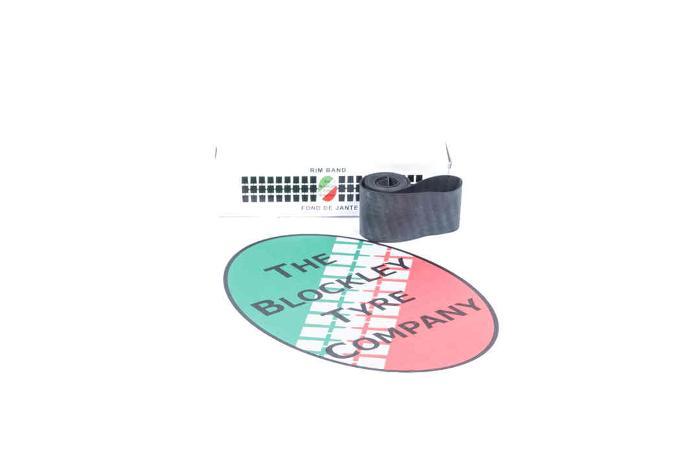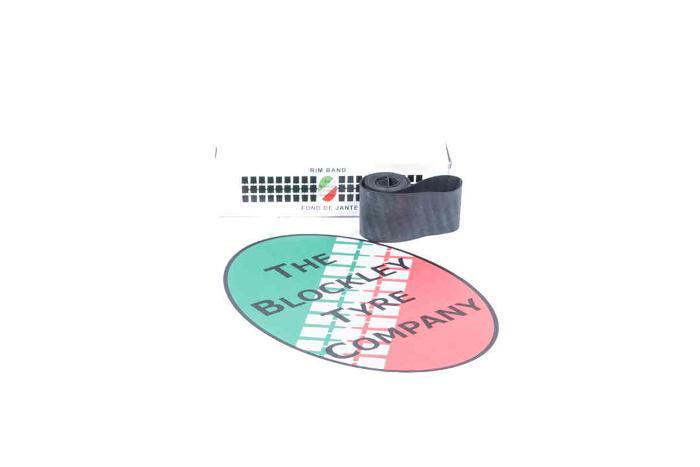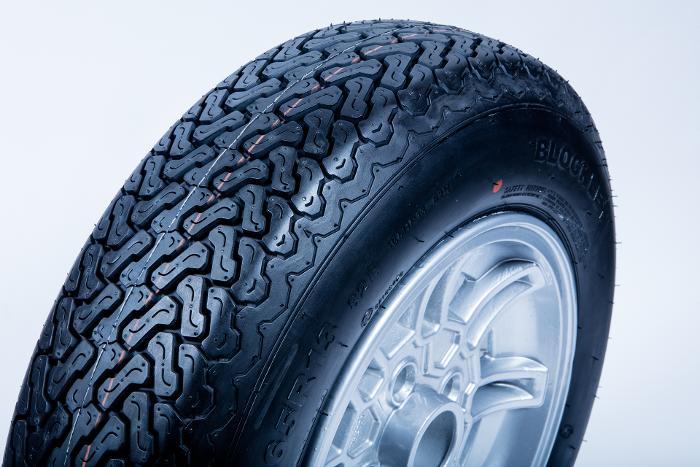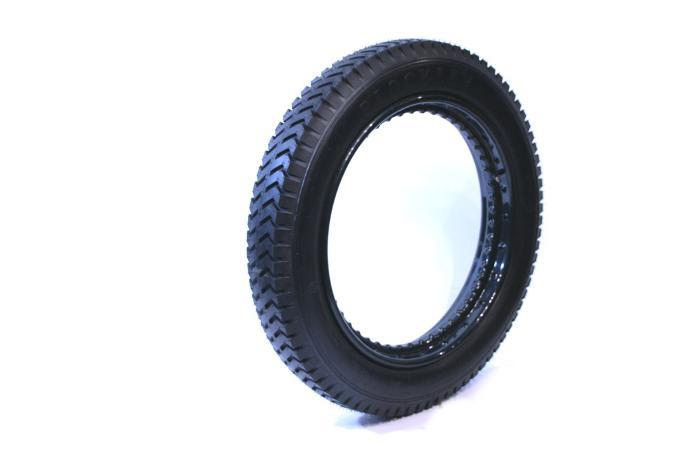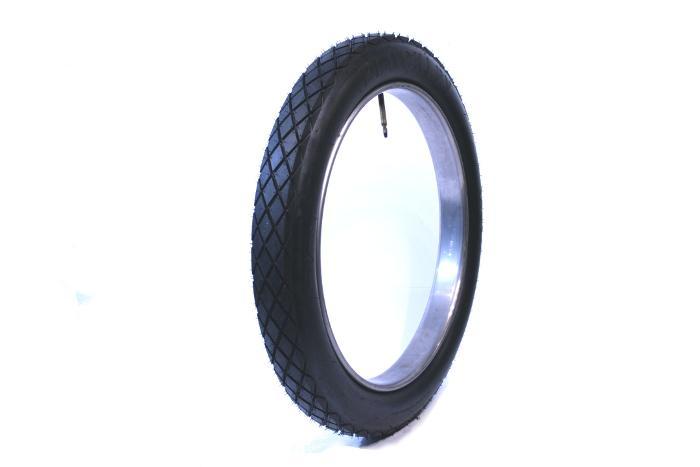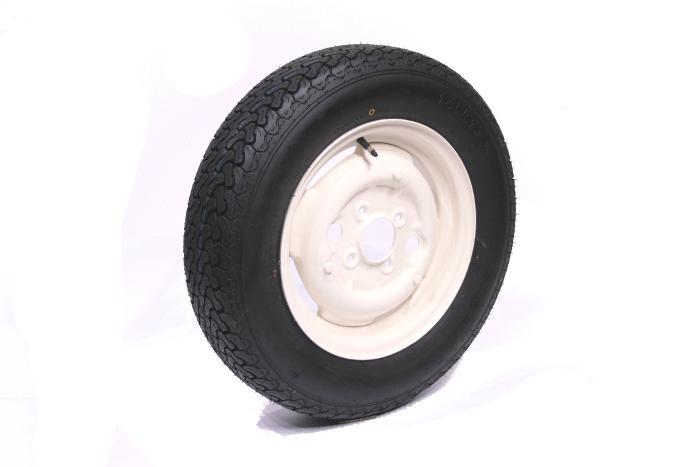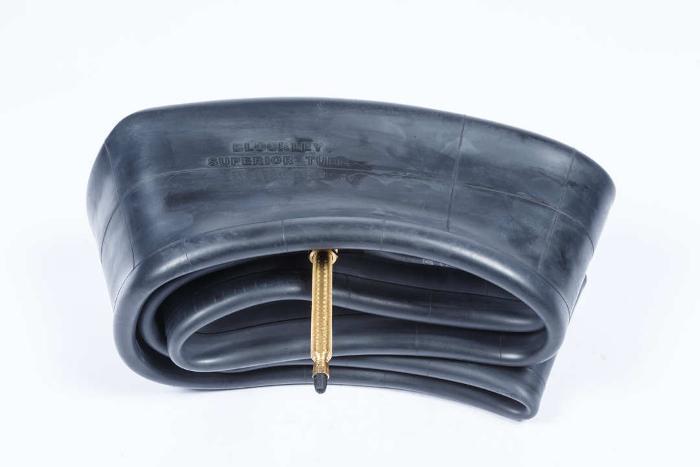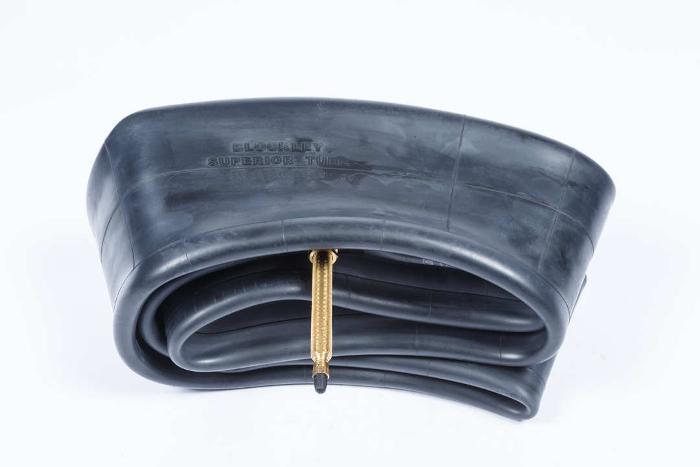Ford
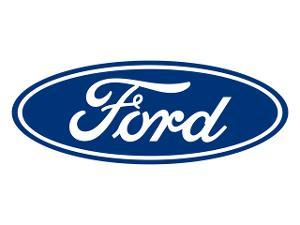
Henry Ford opened the first Ford factory outside North America in England, in 1911, to assemble the Model T, so as to save on the prohibitive import duty of the Canadian built Ford cars imported into the UK . The factory was at Trafford Park near the Manchester Ship Canal, where all mechanical parts were sent over from the USA for assembly in England, with locally sourced bodywork fitted. Ford rapidly became the biggest selling car brand in the UK, despite the expensive yearly horsepower tax payable, due in part to the larger capacity engine compared to what other cars in the Ford price category had. By 1919 over 40% of the cars sold in the UK were Ford! The move to Dagenham was in 1932, the site having been purchased nine years previously with the realisation that somewhere was needed that would give access to larger ships. When the Dagenham plant was built, it was the largest car factory outside the USA, with its own foundry and power station on site. Ford UK specialised in smaller cars alongside assembling the American imported V8's from Fords Canada plant. Post 1945 the Ford Anglia and Prefect appeared, followed by the V8 Pilots. By 1950 the Consul and Zephyr, and the 6 cylinder Zephyr, with the top of the range luxury version Ford being the Zodiac. The uprated Anglia 105E came in 1960, which also became the basis for that dominant engine powering race cars in Formula Junior. For 1960 Ford of Europe was formed, by joining up the UK and German Ford companies to produce the same product line, with the advantage of coping with the production losses during the incessant strike action that led to Britain being referred to as "the sick man of Europe". A huge success was the Ford Cortina which sold a million units between 1962 and 1970, the German Cortina version being the Ford Taunus. Then came the Ford Corsair and Escort Mk1, followed by the baby Mustang, the Ford Capri Mk1 of which another million were sold by the time production ceased in 1977.
Ford Germany had been established in 1925 at rented premises in Berlin where initially the Model T Ford was assembled, and by 1928 its replacement the Model A, but all of this was on a relatively small scale. Following General Motors taking control of Opel in 1929, Henry Ford responded that same year by acquiring a 40 acre site at Cologne which had good access to it from the Rhine. Initially Ford built assembled Model A's from components delivered from Dearborn, but by the middle of 1931 Ford was making these German Model A's from components wholly manufactured in Germany, which was followed by the Model B, and the Ford Koln (which was the equivalent of the Ford Model Y). Yet Ford sales in Germany never approached that of the General Motors Opel brand. . .
